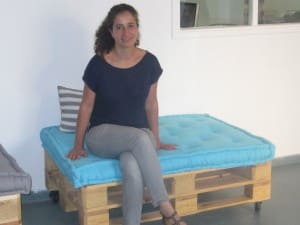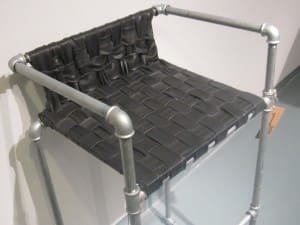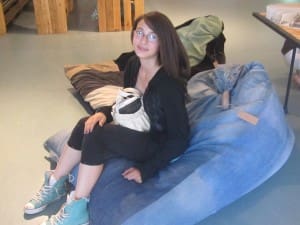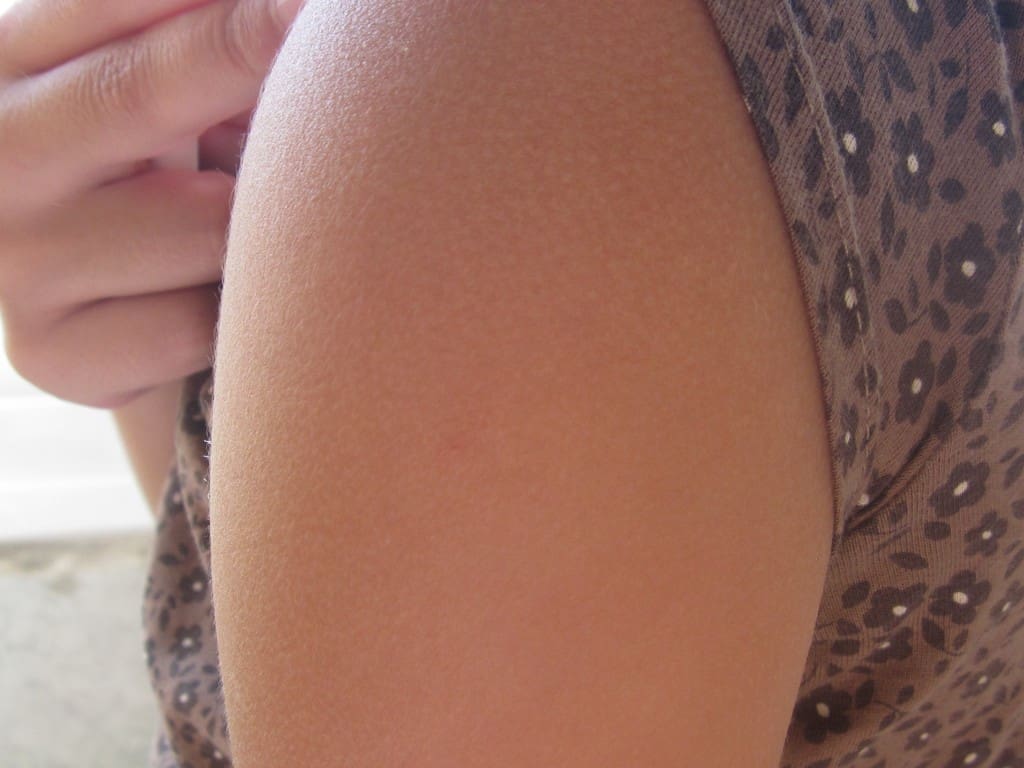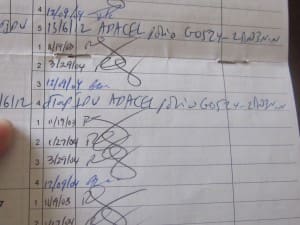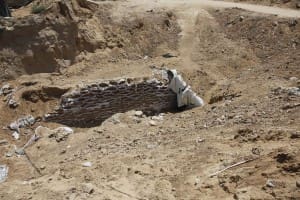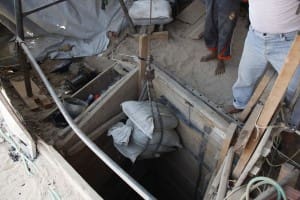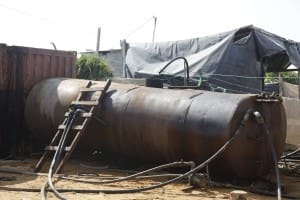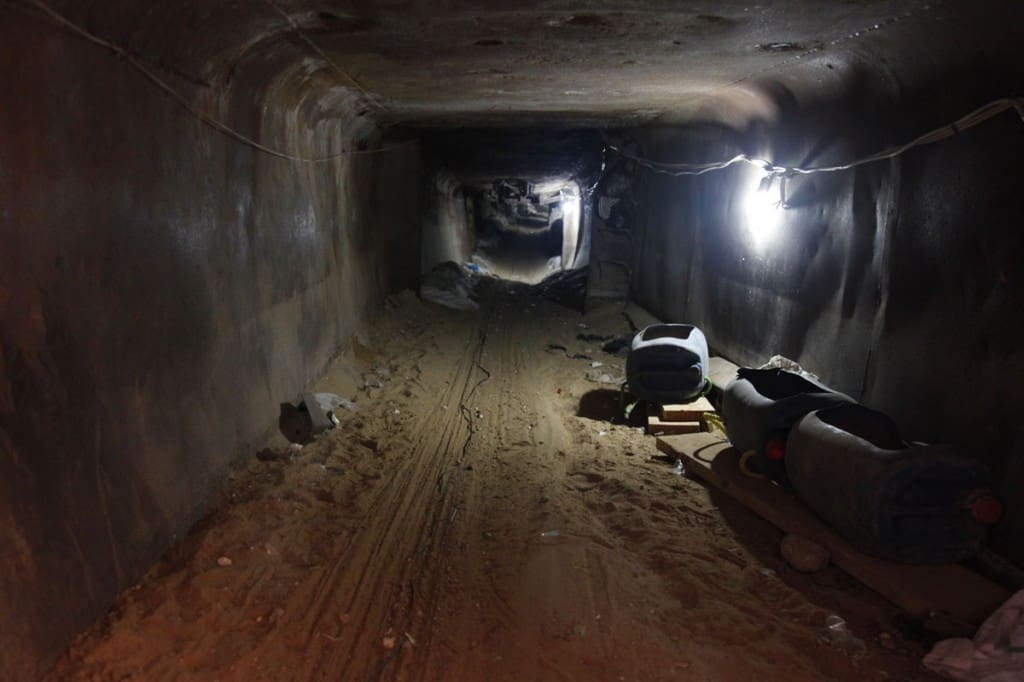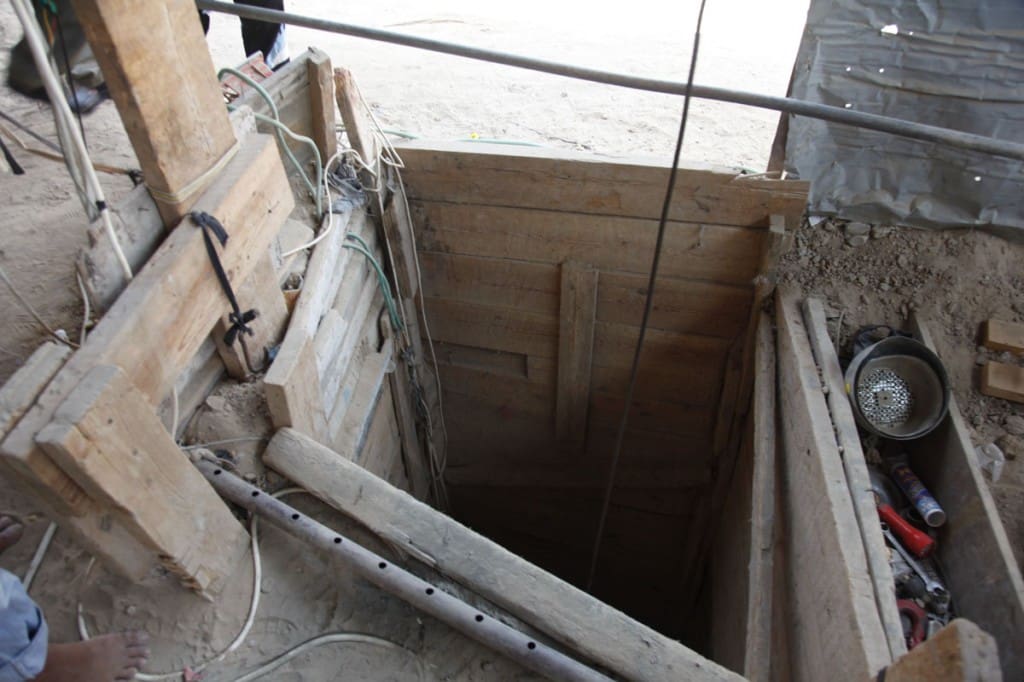There are two kinds of mosquitoes.
One kind of mosquito bangs around the corners of my bedroom ceiling, pretending to be a victim of incarceration, but clearly enjoying the attention he’s getting by keeping me awake. This type of mosquito doesn’t have to bite; he just bangs around joyfully until I can’t tolerate his sleep deprivation torture tactics. Then, with great drama, he dive bombs next to my ear, sometimes even playing in my hair! I startle awake just in time to hear (but rarely see) him banging happily against the ceiling again, buzzing in very high volume. This kind of mosquito looks dumb but is incredibly smart. He harasses and harasses until I put the covers over my head and suffocate myself, self-torture. This is the Israeli mosquito.
The other kind of mosquito is Palestinian. He’s completely quiet and invisible. Then he bites. Hard! He bites over and over again, hurting me both physically and emotionally. Why does he bite me? Have I not given my life to the struggle for Palestinian rights? Am I not his greatest ally? Could he really be so stupid to seek to harm his own community?
Both Israeli and Palestinian mosquitoes infuriate me. I become violent. I become someone other than who I want to be. I forget my own priorities and options (I could move to another room?) and shamefully reduce myself to a shallow being with one focus in life – to kill the mosquito. When finally, I see him, laughing at me on the wall near my headboard, I reach for the towel I keep under my bed for this very purpose.
I whack the m-f mosquito and feel a rush of accomplishment, validation, and self-worth as the mosquito splats on my wall spreading my blood in a surprisingly pretty Rorschach pattern. But then, when I wipe off the blood, there is a large white spot where the cheap yellow paint has diluted with a few rubs of water on a tissue. And that’s when I realize that it’s three o’clock in the morning and I’m destroying my own property.
I do not know which kind of mosquito causes the huge, itchy, stinging welts that last for days all over my legs and arms. I suspect they both do.
I wake up exhausted. The mosquitoes have succeeded again in ruining life’s small pleasures and sapping the energy I have for all things other than revenge.
(Yes, in my world, all mosquitoes are male.)
